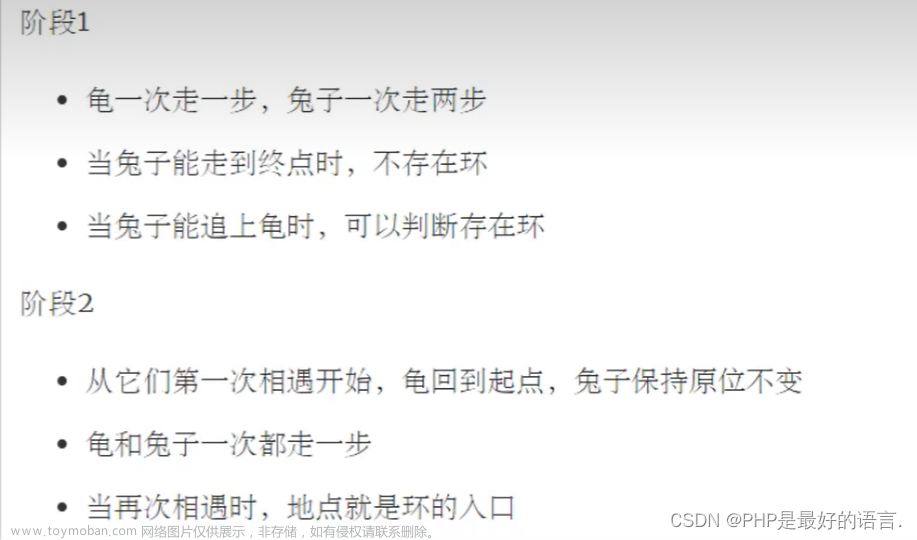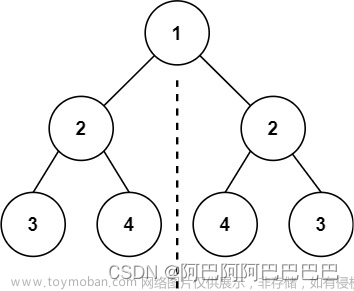字典树
- 思路:
- 设计一棵字典树,每个节点存放单词的一个字符,节点放一个标记位,如果是单词结束则标记;
- 字典树插入:
- 字典树默认有 26 个 slot 槽代表 a - z;
- 遍历单词,如果字符对应槽存在则迭代到子节点,如果不存在则创建;
- 在单词结尾的节点,将 flag 标记;
- 字典树查询:
- 定义 dfs(word, index, trie) 函数,表示 word 的第 index 字符是否在 trie 树上;
- 递归查询,终止条件为 index 为 word 长度,并且 flag 标记被设置;
- 需要注意通配符 '.',代表任意字母:
-
} else if (c == '.') {
-
for (int i = 0; i < 26; i++) {
-
TrieNode* child = node->child[i];
-
if (child != nullptr && dfs(word, index + 1, child)) {
-
return true;
-
}
-
}
-
}
-
- 完整代码:
struct TrieNode {
std::vector<TrieNode*> child;
bool isEnd;
TrieNode() :
child(std::vector<TrieNode*>(26, nullptr)) ,
isEnd(false) {
}
};
void insert(TrieNode* root, const std::string& word) {
TrieNode* node = root;
for (auto c : word) {
if (node->child[c - 'a'] == nullptr) {
node->child[c - 'a'] = new TrieNode();
}
node = node->child[c - 'a'];
}
node->isEnd = true;
}
class WordDictionary {
public:
WordDictionary() {
tire = new TrieNode();
}
void addWord(string word) {
insert(tire, word);
}
bool search(string word) {
return dfs(word, 0, tire);
}
private:
bool dfs(const std::string& word, int index, TrieNode* node) {
if (index == word.size()) {
return node->isEnd;
}
char c = word[index];
if (c >= 'a' && c <= 'z') {
TrieNode* child = node->child[c - 'a'];
if (child != nullptr && dfs(word, index + 1, child)) {
return true;
}
} else if (c == '.') {
for (int i = 0; i < 26; i++) {
TrieNode* child = node->child[i];
if (child != nullptr && dfs(word, index + 1, child)) {
return true;
}
}
}
return false;
}
private:
TrieNode* tire;
};
/**
* Your WordDictionary object will be instantiated and called as such:
* WordDictionary* obj = new WordDictionary();
* obj->addWord(word);
* bool param_2 = obj->search(word);
*/- 后续将会对 zmq 中字典树的应用进行分析,敬请期待 ...
————————————————————————————文章来源:https://www.toymoban.com/news/detail-807895.html
 文章来源地址https://www.toymoban.com/news/detail-807895.html
文章来源地址https://www.toymoban.com/news/detail-807895.html
到了这里,关于力扣211. 添加与搜索单词 - 数据结构设计的文章就介绍完了。如果您还想了解更多内容,请在右上角搜索TOY模板网以前的文章或继续浏览下面的相关文章,希望大家以后多多支持TOY模板网!













